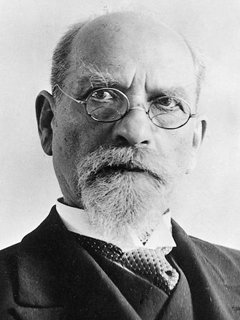
Publication details
Publisher: Springer
Place: Berlin
Year: 2012
Pages: 217-254
Series: Phaenomenologica
Full citation:
, "Empathy and mirroring: Husserl and Gallese", in: Life, subjectivity and art, Berlin, Springer, 2012


Empathy and mirroring: Husserl and Gallese
pp. 217-254
in: Roland Breeur, Ullrich Melle (eds), Life, subjectivity and art, Berlin, Springer, 2012Abstract
Back in 1994 I defended my doctoral dissertation on Husserl und die transzendentale Intersubjektivität with Bernet as my supervisor. One of the central claims in this early work of mine was that Husserl’s distinct contribution to a phenomenology of intersubjectivity – in particular when compared to later phenomenologists – was to be found in his analysis of the constitutive significance of intersubjectivity, and that Husserl’s mature phenomenology could consequently be seen as an explicit defence of what might be called an intersubjective transformation of transcendental philosophy. By focusing on constitutive intersubjectivity I more or less stayed clear of a question that had preoccupied much of the secondary literature on Husserl’s phenomenology of intersubjectivity up to then, namely the question of whether Husserl’s concept of empathy implied a direct or mediated access to others (cf. Zahavi 1996, 15).
Cited authors
Publication details
Publisher: Springer
Place: Berlin
Year: 2012
Pages: 217-254
Series: Phaenomenologica
Full citation:
, "Empathy and mirroring: Husserl and Gallese", in: Life, subjectivity and art, Berlin, Springer, 2012


